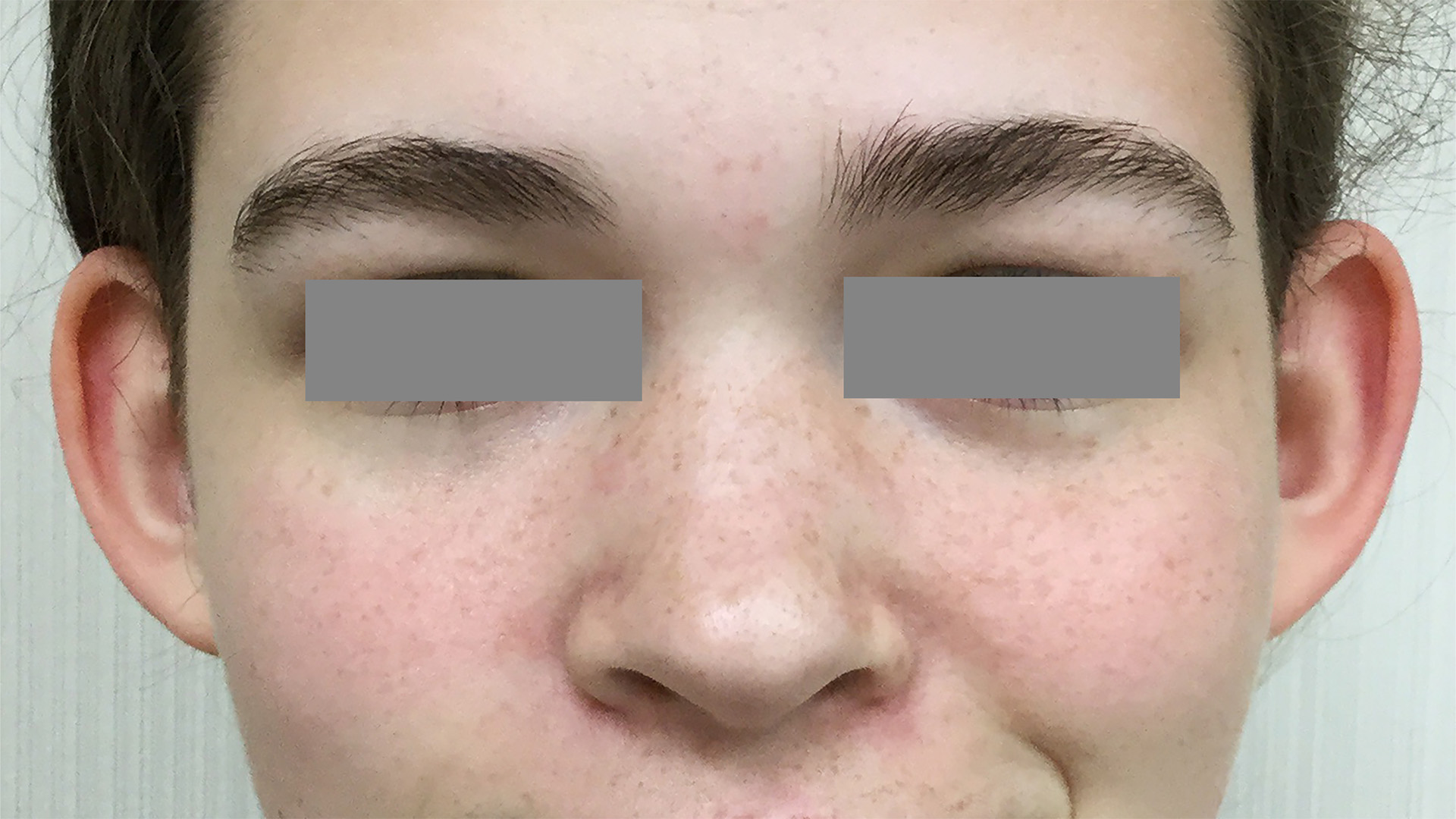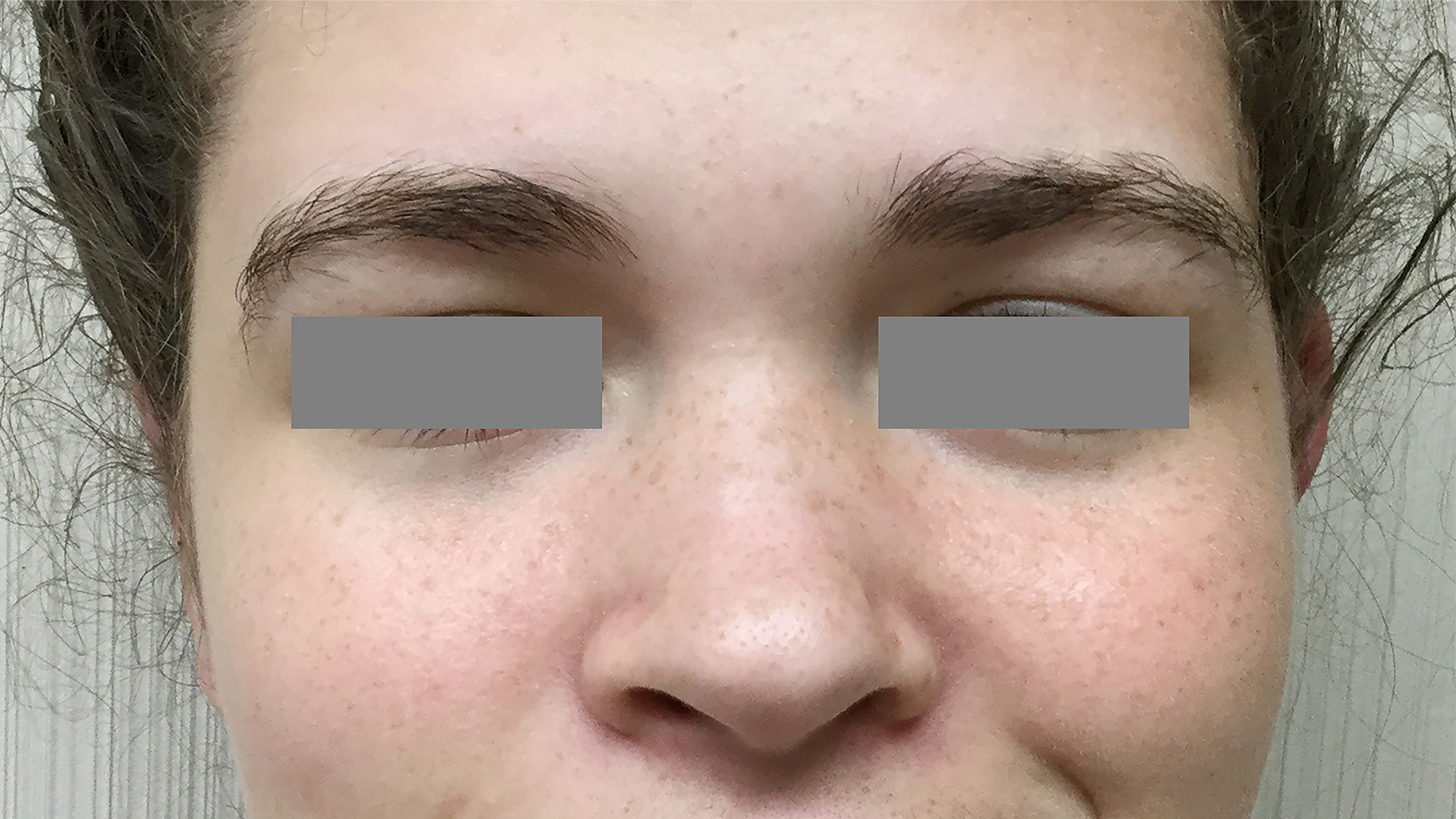Dr. Domanski’s surgical skills are complemented by his compassionate bedside manner. He got me through a scary situation, and really listened to what I had to say. A winning combination of art and science and an excellent medical practitioner..
The patient is administered anesthesia to ensure comfort during the surgery.
The surgeon begins by making incisions on the back of the ear, within the natural folds where they will be least noticeable.
Swelling and bruising around the ears are common after otoplasty and will reduce with time.
Most of our otoplasties are performed with dissolvable sutures.
Otoplasty, also known as ear reshaping or ear pinning surgery, is a popular cosmetic procedure performed to correct prominent or misshapen ears. Otoplasty patients should be in good health.
Patients should not be smokers of tobacco. Quitting smoking is about the only thing a doctor can recommend that will save you money. Smokers cough more after surgery and have more trouble healing. We recommend that smokers quit before considering an otoplasty.
Otoplasty is an outpatient procedure performed with incisions behind the ear. Extra ear cartilage is either excised or weakened so the ear can bend backwards into a more natural shape. Some redundant skin is removed as well. Usually, no incisions are required in front of the ear.
Otoplasty, or ear reshaping surgery, is typically performed on an outpatient basis under local anesthesia with sedation or general anesthesia. The specific surgical technique can vary depending on the individual’s needs and the surgeon’s approach. Here is a general overview of how an otoplasty procedure is performed:
Anesthesia: The patient is administered anesthesia to ensure comfort during the surgery. The type of anesthesia used will be determined based on the surgeon’s recommendation and the patient’s preferences.
Incision placement: The surgeon begins by making incisions on the back of the ear, within the natural folds where they will be least noticeable. In some cases, additional incisions may be made on the front of the ear or within the ear’s natural creases, depending on the desired correction.
Cartilage reshaping: The surgeon then carefully exposes the underlying ear cartilage. The cartilage is reshaped, sculpted, and repositioned to achieve the desired ear contour and reduce prominence. The surgeon may use techniques such as scoring, suturing, or cartilage grafting to reshape the cartilage as needed.
Ear repositioning: If the patient’s ears protrude significantly, the surgeon may reposition them closer to the head to create a more balanced appearance. This is done by carefully manipulating the cartilage and securing it in the new position with internal sutures. Specialized sutures such as Furnas or Mustarde suture techniques are used.
Skin and incision closure: After the necessary reshaping and repositioning is complete, the surgeon trims any excess skin and carefully closes the incisions with sutures. The incisions are typically closed in layers, ensuring proper wound healing and minimizing the visibility of scars.
Dressing and recovery: The surgeon will place a dressing or bandage around the head to protect the newly reshaped ears and provide support during the initial healing phase. This dressing helps maintain the new ear position and reduces swelling.
Following the surgery, the patient will be given instructions on post-operative care, including how to keep the incision sites clean, manage any discomfort, and monitor the healing process.
You like your ears; they just stick out too much. It’s something you have thought about for years. You may think about it for years to come.
Other people may like your ears. But this is not about them – it’s for you.
Otoplasty, also known as ear reshaping or ear pinning surgery, is a popular cosmetic procedure performed to correct prominent or misshapen ears. Here are some commonly reported reasons patients choose to have an otoplasty:
Correcting prominent ears: Otoplasty can bring balance and proportion to the face by reducing the prominence of ears that stick out excessively. This can help improve overall facial aesthetics and boost self-confidence.
Reshaping misshapen ears: Otoplasty can address various ear deformities, such as constricted ears, cupped ears, lop ears, or shell ears. The procedure can reshape the cartilage and create a more natural appearance, bringing the ears into harmony with the rest of the facial features.
Enhancing self-esteem and confidence: Individuals who are self-conscious about the appearance of their ears may experience a significant improvement in self-esteem and confidence following otoplasty. By addressing concerns and achieving more proportionate ears, people often feel more comfortable and less anxious about their appearance.
Psychological and emotional well-being: Correcting prominent or misshapen ears through otoplasty can have a positive impact on an individual’s overall psychological well-being. It can alleviate the distress caused by teasing, bullying, or social stigmatization related to the appearance of the ears, particularly in children and adolescents.
Long-lasting results: Otoplasty provides permanent results, and the changes made to the ears typically remain stable over time. Once the ears have healed after the procedure, the reshaped or repositioned ears should maintain their new appearance for the long term.
Customizable approach: Otoplasty is a highly customizable procedure. The surgeon can tailor the surgical technique to the specific needs and goals of the patient, allowing for personalized outcomes. This ensures that the procedure addresses individual concerns and achieves the desired aesthetic result.
Dr. Domanski’s surgical skills are complemented by his compassionate bedside manner. He got me through a scary situation, and really listened to what I had to say. A winning combination of art and science and an excellent medical practitioner..
I am so happy with my results from Dr. Mark Domanski. I look so natural, all my friends are amazed. Would highly recommend
Had a great experience getting filler with Dr. Domanski. He took time explaining the processes and listened to exactly what I wanted. Loving the result!
I’m super picky about who I go to for beauty work. I’m just that person that does months and even years of research before choosing a doctor. Let me be the one to tell you that Dr. Mark Domanski is AMAZING! He is simply the best I’ve ever met. (…)
Dr. Domanski is such a skilled Professional. He makes you feel and look amazing, and always remembers me, and my friends who I have sent to him. He is extremely personable, which is rare these days. Go see him and you’ll definitely want to make it part of your routine:) Thanks Dr. D!
Dr. Domanski worked his magic and I am thrilled with the results. I highly recommend him for all your cosmetic needs!
Otoplasty patients should be in good health. Patients should not be smokers of tobacco.
Quitting smoking is about the only thing a doctor can recommend that will save you money. Smokers cough more after surgery and have more trouble healing. We recommend that smokers quit before considering an otoplasty.
Interestingly, otoplasty is one of the few plastic surgeries that is considered reasonable to perform on children. The patient’s ear should be near adult size, and this occurs usually at 5-7 years of age.
If the patient is a minor, they should want the surgery, not just the parents. The child should be able to understand at some level of why they are having the surgery, as well as what would be required in postoperative care. While its normal for anybody including children to be afraid of surgery, we are will decline to perform an otoplasty on a child who does not want the procedure. Legally speaking, the parents give consent for a procedure, but it is our preference that the child also gives assent. A good candidate for otoplasty typically meets the following criteria:
Prominent or misshapen ears: The procedure is commonly performed to address prominent ears that stick out excessively or have an abnormal shape. Candidates may have had this concern since childhood or developed it later in life.
Physical maturity: Otoplasty is generally recommended for individuals whose ears have stopped growing. This is typically around the age of five or six, when the ears have nearly reached their adult size. However, the procedure is also often performed on older individuals.
Good overall health: Candidates should be in good general health to undergo surgery. They should not have any underlying medical conditions that could increase the risks associated with anesthesia or the surgical procedure.
Realistic expectations: It’s important for candidates to have realistic expectations about the potential outcomes of otoplasty. While the procedure can significantly improve the appearance of the ears, it’s important to understand that perfection cannot be guaranteed. A thorough preoperative consultation can help manage expectations and ensure that the desired goals align with what can be realistically achieved.
Psychological readiness: Otoplasty candidates should have a stable psychological state and be emotionally prepared for the surgery. They should have a genuine desire to undergo the procedure to address their concerns and improve their self-confidence, rather than seeking the surgery to meet external pressures or expectations.
Non-smoking status: It is generally recommended that candidates for otoplasty be non-smokers or be willing to quit smoking for a specified period before and after the surgery. Smoking will increase the risks of complications and impair the healing process.
Before and after results of our procedures.


Patients go home the same day with a head wrap on. This is removed at the first postoperative visit and patients can begin showering immediately afterwards. Patients should wear a headband as much as possible, and especially at night for the next several weeks to keep the ears bent bank along the head. The recovery process after otoplasty consists of various stages:
Immediate post-operative period: After the surgery, you may experience some discomfort, swelling, and mild pain around the ears. Pain medication prescribed by your surgeon can help manage any discomfort. Your head will be wrapped in a bandage or dressing to protect the ears and promote proper healing.
Initial healing and bandage removal: The bandage or dressing is usually removed within a week after the surgery during a follow-up visit with your surgeon. At this point, you will transition to a headband to wear during the initial healing phase.
Swelling and bruising: Swelling and bruising around the ears are common after otoplasty and will reduce with time. Applying cold compresses or ice packs as instructed by your surgeon can help reduce swelling. It’s important to keep your head elevated while resting to further minimize swelling.
Stitches removal: If non-dissolvable stitches were used, they are typically removed within one to two weeks after the surgery, depending on your surgeon’s recommendations. Most of our otoplasties are performed with dissolvable sutures.
Physical activity and recovery timeline: It’s important to avoid strenuous activities, sports, or any activities that could put pressure or pull on the ears during the initial recovery period, usually for about two to four weeks.
Final results: The full healing process can take several weeks to a few months, during which time the ears will gradually settle into their new position and the swelling will continue to subside. Follow up visits will help monitor your progress and ensure that the healing is progressing as expected.
With over 70 plastic surgeons in the area, patients choose Dr. Domanski because they trust him. We believe you will not find a more honest surgeon than Dr. Domanski.
“Be Yourself,
Everyone Else Is Taken.”
– Oscar Wilde
Don’t see a procedure listed? Request a consultation with us.